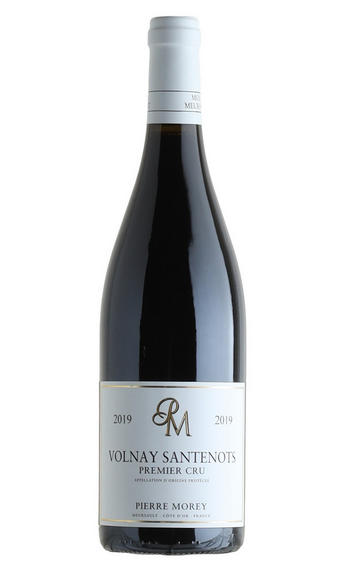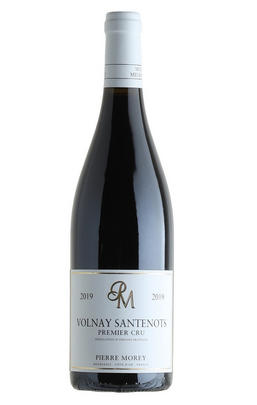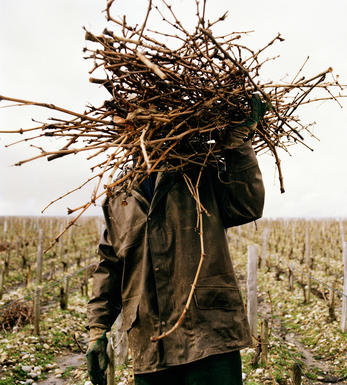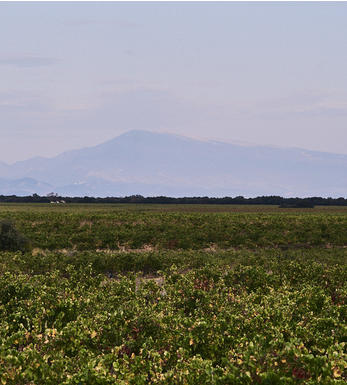
2019 Volnay, Santenots, 1er Cru, Pierre Morey, Burgundy

Critics reviews
The 2019 Volnay Les Santenots 1er Cru has a really beautiful bouquet of pure dark cherry and boysenberry fruit that bursts from the glass. The palate is tight and less expressive than the nose, but there is certainly good depth and grip. The muscular finish suggests that this will need 3–4 years in bottle.
Drink 2024 - 2037
Neal Martin, Vinous.com (December 2020)
About this WINE

Domaine Pierre Morey
Domaine Pierre Morey is, unsurprisingly, the own domaine of acclaimed winemaker for Domaine Leflaive, Pierre Morey. While he is more famous for this latter role, Pierre owns 11 hectares of his own vines in his domaine, which was founded in 1971, two-thirds of which are white. He has several holdings in Meursault, Pommard and Puligny-Montrachet, as well as a few Grand Cru plots.
The Meursault branch of the Morey family, originally from Chassagne, dates back to 1793 when Alexis Morey, visiting Meursault at dead of night with a clandestine priest (this was during the ‘terror’ years of the Revolution) fell in love with a Mademoiselle Millot and married her. A multitude of inheritances (Alexis had 31 grandchildren) and difficult economic circumstances at various times meant that Pierre Morey’s father Auguste had only a few simple vineyards of his own, though he supplemented his supply with sharecropping contracts, most notably with the Domaine des Comtes Lafon. Pierre took these over in the early 1970s but in 1984 the Lafon family announced their intention to take back their vineyards as the agreements expired over the next few years, since Dominique Lafon was planning to work full time at the domaine.
Fortunately Pierre was shortly afterwards hired as general manager of Domaine Leflaive (from 1988 until retirement in summer 2008), while he also set up his negociant business, Morey Blanc, to replace the loss of the Lafon vineyards. He has also been able to purchase a few plots of vines himself. He has now been joined in both domaine and the negociant business by his daughter Anne.
The vineyards have been farmed organically since 1993 and biodynamically since 1998. The white grapes are crushed before pressing, with very little clarification of the juice, while Pierre likes regular lees stirring until Christmas – rarely thereafter except in years with higher acidity and late malolactic fermentation such as 1993 and 2007. Typically the wines are raised in one third each new wood, one year old and two year old, before racking into older barrels before the next vintage, and bottling the following spring.
Jasper Morris MW, Burgundy Wine Director and author of the award-winning Inside Burgundy comprehensive handbook.

Volnay
The finest and most elegant red wines of the Côte de Beaune are grown in Volnay, a village which might be twinned with Chambolle- Musigny in the Côte de Nuits, for the high active chalk content in the soil and comparatively low clay content.
Whereas in earlier times Volnay was made in a particularly light, early drinking style, these days there are many producers making wines which age extremely well. The best vineyards run either side of the RN73 trunk road.- 98 hectares of village Volnay
- 115 hectares of Premier Cru vineyards (35 in all). The finest include Les Taillepieds, Clos des Chênes, Champans, Caillerets (including Clos des 60 Ouvrées) and Santenots in Meursault.
- Recommended producers: Lafarge, Lafon, de Montille

Pinot Noir
Pinot Noir is probably the most frustrating, and at times infuriating, wine grape in the world. However when it is successful, it can produce some of the most sublime wines known to man. This thin-skinned grape which grows in small, tight bunches performs well on well-drained, deepish limestone based subsoils as are found on Burgundy's Côte d'Or.
Pinot Noir is more susceptible than other varieties to over cropping - concentration and varietal character disappear rapidly if yields are excessive and yields as little as 25hl/ha are the norm for some climats of the Côte d`Or.
Because of the thinness of the skins, Pinot Noir wines are lighter in colour, body and tannins. However the best wines have grip, complexity and an intensity of fruit seldom found in wine from other grapes. Young Pinot Noir can smell almost sweet, redolent with freshly crushed raspberries, cherries and redcurrants. When mature, the best wines develop a sensuous, silky mouth feel with the fruit flavours deepening and gamey "sous-bois" nuances emerging.
The best examples are still found in Burgundy, although Pinot Noir`s key role in Champagne should not be forgotten. It is grown throughout the world with notable success in the Carneros and Russian River Valley districts of California, and the Martinborough and Central Otago regions of New Zealand.


Buying options
Add to wishlist
Description
The 2019 Volnay Les Santenots 1er Cru has a really beautiful bouquet of pure dark cherry and boysenberry fruit that bursts from the glass. The palate is tight and less expressive than the nose, but there is certainly good depth and grip. The muscular finish suggests that this will need 3–4 years in bottle.
Drink 2024 - 2037
Neal Martin, Vinous.com (December 2020)
wine at a glance
Delivery and quality guarantee